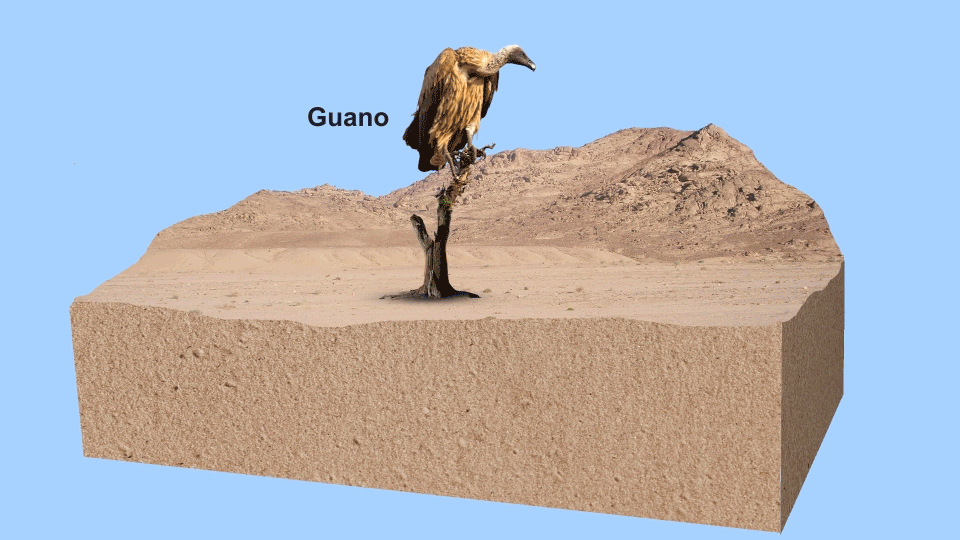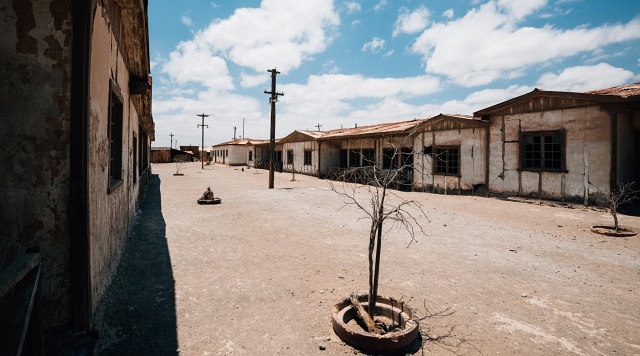Humberstone
The saltpetre boom ended with the beginning of World War I. The sea route became unsecure and blocked. After the Haber-Bosch method had been developed in Germany for the synthetic production of saltpetre, the exploitation of the desert soils did not any more bring the desired profit. The saltpetre business in the Atacama desert collapsed in the 1950s, and the saltpetre works of Humberstone were finally closed down in 1961. The saltpetre works and the town were made accessible as a museum in the 1970s, and included in the UNESCO World heritage in 2005.
There are 130 of those industrial places in Chile, determining the life of the people and generating labour and income. Therefore, workers settled around those places. Entire settlements developed closes to the saltpetre works, so that shops, hospitals, water containers etc. can be found there as relicts of times that have long gone. Due to the strong winds, earthquakes, and theft, the buildings have been suffering a substantial degree of decay.
Chuquicamata
The situation in Chuquicamata is completely different: this one of the largest copper mines in the world (see the contribution on the Chuquicamata Copper Mine) employs approx. 12,000 people. A town was built directly beside the mine, in order to enable the miners and their families to live closer to their working places, and in order to impose a higher level of dependency onto the employees. The town had an own hospital, a school, a railway and even a police. Even an own currency was introduced in order to force the miners to do their shopping directly in the town. As indicated by the name of the Hotel Washington shown on the right side of the photo, there was a considerable North American influence.
Nowadays the town is uninhabited, even though the last citizens were resettled to the nearby city of Calama as late as 2007. Therefore, the buildings are generally modern and in good condition. The mine operator justifies the resettlement with the presence of toxic substances, putting the health of the inhabitants at risk. However, it is also said that the town would be an obstacle for the enlargement of the mine: there would be copper underneath the town which the operator would like to exploit, so that the people had to leave the town. Anyway, the dump sites of the mine have already consumed part of the town.
Ghost towns also exist in other parts of the world. They are often related to (abandoned) mining activties (for example Bodie in California), but sometimes to natural risks or even disasters: the town of Craco in southern Italy was abandoned due to landslide damage and risk, whereas Beichuan in China was destroyed in 2008 due to a major earthquake and the resulting landslides. It was later rebuilt in another place.
.




















